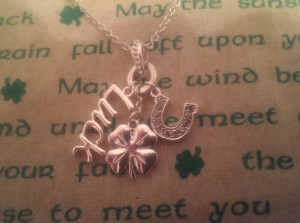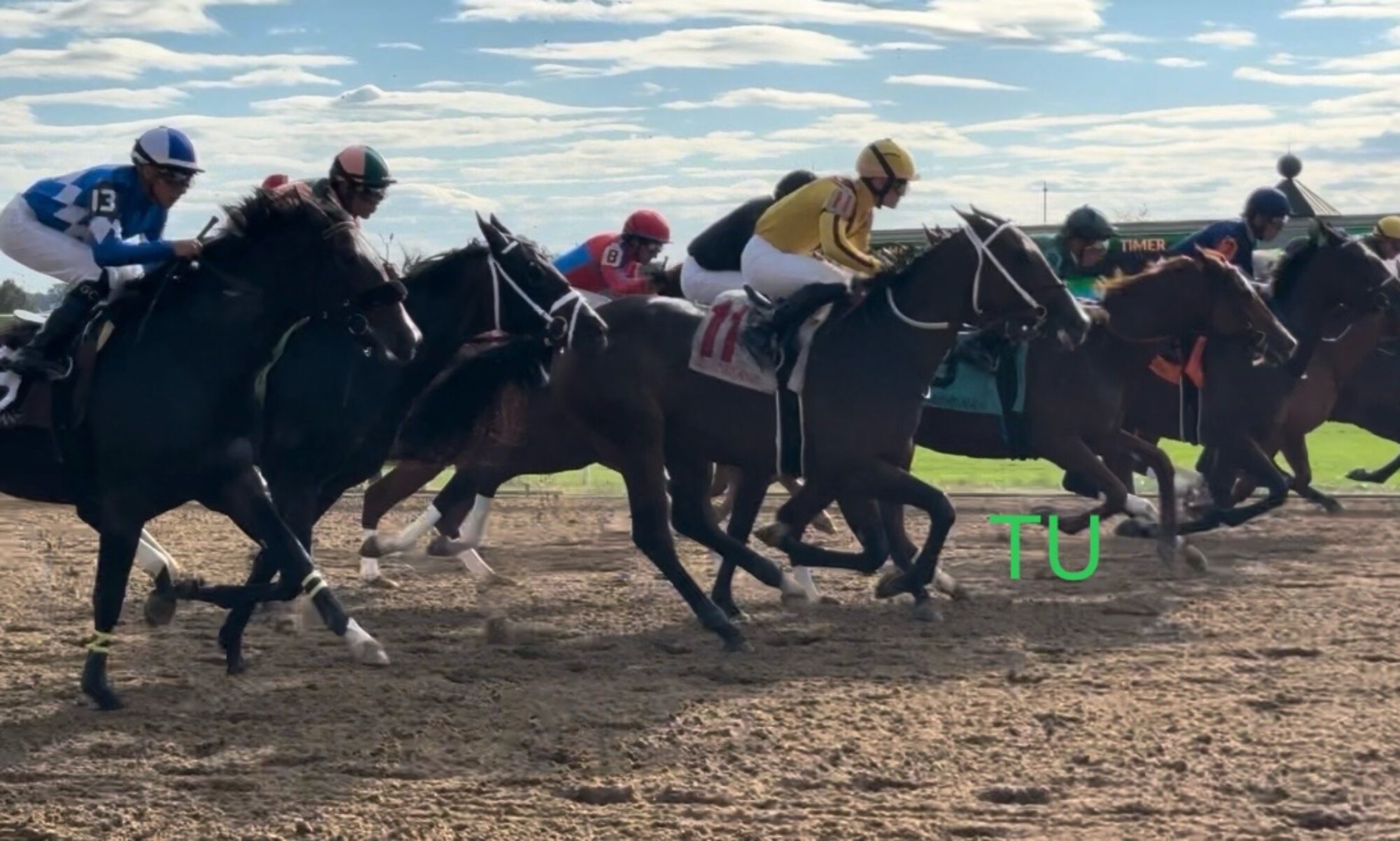 Long ago, 2nd millennium BC, when man first started domesticating horses to do work, they thought it best to provide the animal with some sort of hoof covering. These earliest shoes were made of plants and leather. The term used by the 1st century Romans was hipposandal rather than horseshoe. By 1000 AD it was the main practice in Europe to make the shoe of metal. First they used bronze, later iron, and even silver if in a parade. These shoes were made by blacksmiths and nailed onto the horse’s hooves by farriers. By 1835 the first patented U.S. machine for the production of horseshoes was made by Henry Burden.
Long ago, 2nd millennium BC, when man first started domesticating horses to do work, they thought it best to provide the animal with some sort of hoof covering. These earliest shoes were made of plants and leather. The term used by the 1st century Romans was hipposandal rather than horseshoe. By 1000 AD it was the main practice in Europe to make the shoe of metal. First they used bronze, later iron, and even silver if in a parade. These shoes were made by blacksmiths and nailed onto the horse’s hooves by farriers. By 1835 the first patented U.S. machine for the production of horseshoes was made by Henry Burden.
Now horseshoes are made from a variety of materials. Aluminum is a lightweight material that is useful for Thoroughbred race horses but shoes may be made of steel, rubber, plastic, magnesium, titanium, copper and iron as well. The design of the shoe has evolved to include the options of toe grabs, bends, jar calks, stickers, traction and more. The house rules at each horse racing track are very specific about which shoes may or may not be allowed. These rules vary for turf, dirt and polytrack. The tracks have specifications for front and hind shoes and what design features they can include. Some horses have been allowed to go bare hoof on the polytrack and have won races that way as well. If you listen carefully and read your racing program/form you will be notified of shoe type and changes before each race.
So, why is a horseshoe lucky? That is up for debate but a few common reasons evolved from folklore. Some considered blacksmiths lucky and even magical from their mastery of fire and iron. Others note that in 400 BC Celtic tribes feared elves and goblins in the woods. The shape of the shoe reminded them of the Celtic moon, also known as god’s crescent. Placing a horseshoe on the door protected the tribe because it scared the goblins and elves. Some people thought the luck came when Saint Dunstan nailed a horseshoe to the devils hoof that hurt the devil so much he agreed never to enter a home that displayed a horseshoe on the door. Others liked the story of Saint Eligius who came upon a possessed horse and had to remove its leg to apply a horseshoe and then reattach the entire leg miraculously fixing the horse. Also, the shoe was commonly attached by 7 nails. Seven is a number that has been associated with luck throughout the ages. The history of the number 7 could probably support its own story.
Still, if the horseshoe is indeed lucky how should it be hung? Many will insist the ends face up when positioned over the door to catch the luck. This is how mine is displayed. Alternatively, some choose to hang the shoe ends down so the luck will pour over those who enter the home as well as keeping the devil out. Others do it both ways in various places on the home to be safe.
Finally, is the shoe best placed on the front or back door? Mine is above the back door but it appears that it would be a great idea to put one above the front door as well. Front seems more prominent in folklore. Also, I enjoy wearing them on my neck and wrist too. It makes for some beautiful jewelry design!
Giddy Up!
This day in history: January 2nd 1974, the year of my birth (yikes, I just dated myself) American President Richard Nixon set a national speed limit for the United States. The maximum speed on United States highways was 55 miles per hour. Prior, to the national speed the states controlled the limits themselves. The speed tended to range from 40 to 80 mph. In 1987 some changes began and by 1993 the national limit was repealed and given back to the states discretion.
A Thoroughbred is the fastest breed of horses. Some say they may run 44 mph. The 1973 Triple Crown winner, Secretariat, was estimated to run at 55 mph that same year to win the Belmont.
Horses run in furlongs. 1 furlong is 1/8th of a mile. Horses generally can not continue to run at those top speeds for too long. The Kentucky Derby is “the greatest (or most exciting, or fastest) 2 minutes in sport.” This race is 10 furlongs. Once again, Secretariat is the record holder at 1 minute and 59.40 seconds. Yes, it gets so close they split the seconds. The average winner comes in at about 2 minutes and 2.25 seconds. Winning by a nose in the photo finish is a tough call sometimes. What a thrill!
Today’s lessons: Secretariat was an amazing horse that took home all kinds of records including but not limited to the Triple Crown composed of the Kentucky Derby, Preakness Stakes and Belmont Stakes/ horses are crazy fast and the distance they run in measured in furlongs
Share This:Happy Birthday!
Today is a very special day in so many ways. It’s a new year that brings with it so many endless possibilities. It is also an important birthday to all the Thoroughbred horses in the Northern Hemisphere. Despite what day a foal was born in 2014, today that horse is a 1 year old. On January 1st all of those weanlings turn into yearlings. Even more exciting, all of last years yearlings turn 2 today and they are now allowed to race.
I am passionate about the Thoroughbred racing industry. I have the great fortune of being born into and living in the Bluegrass. I love Lexington, Kentucky, the Horse Capital of the World. I spend much of my free time at Keeneland, my local and likely the best racetrack. I go there for horse racing, horse sales, shopping, charity events, etc. I have made so many connections with important people there and they have helped me to learn so much.
Now I want to learn more and I hope you are interested in what I discover. I decided to take my passion and approach it like I would as if Doctor of Thoroughbred Racing was a degree. That is where the name of this blog was derived, Thoroughbred U (abbreviation for University and also meaning YOU – This blog is for YOU and me).
I know some pretty cool things about horses and I can’t wait to share. Please, pardon my site as I am not only teaching myself about the ponies but I’m a newbie on operating a page as well.
Todays take-aways: newborns are foals, once weaned they are weanlings, on January 1st in the Northern Hemisphere they become yearlings, at 2 years old they can race
Share This:
